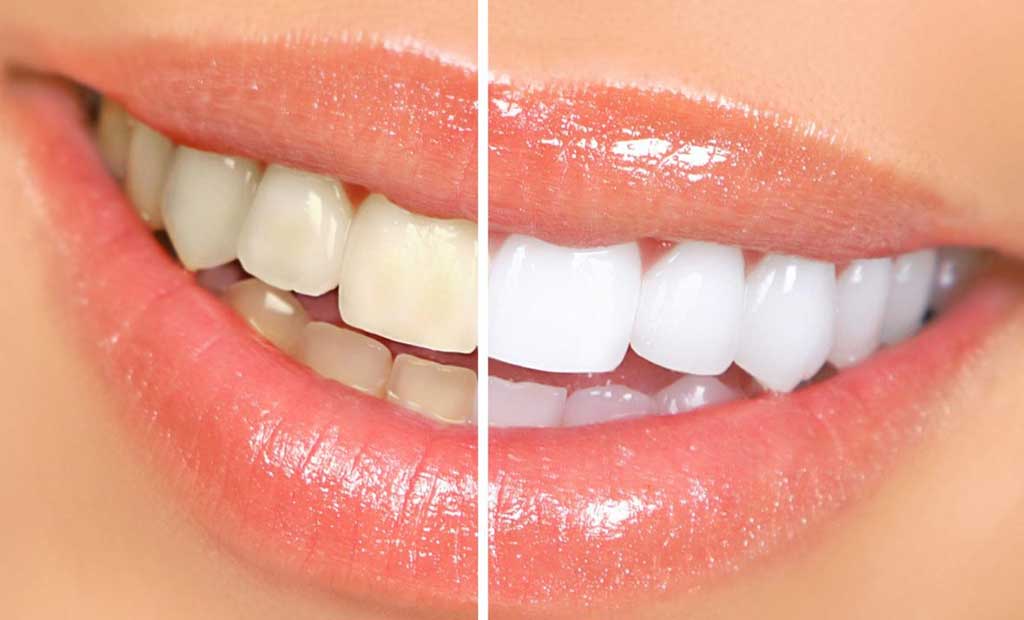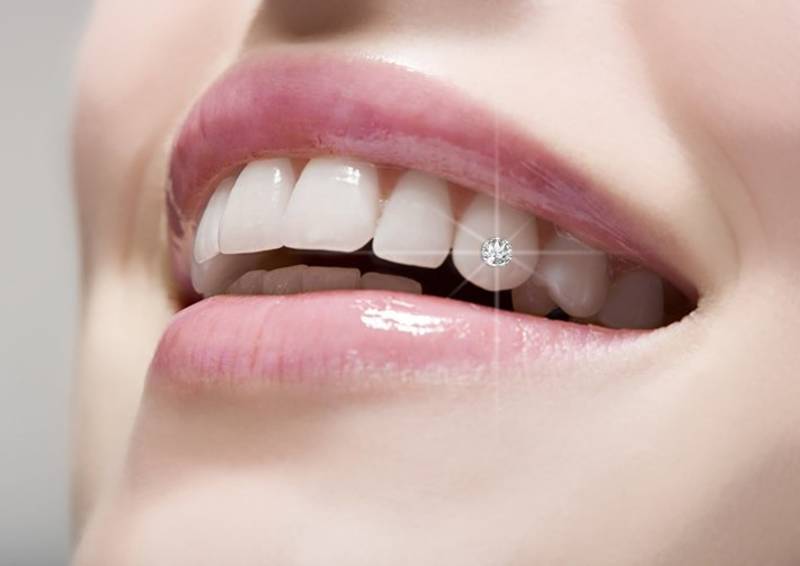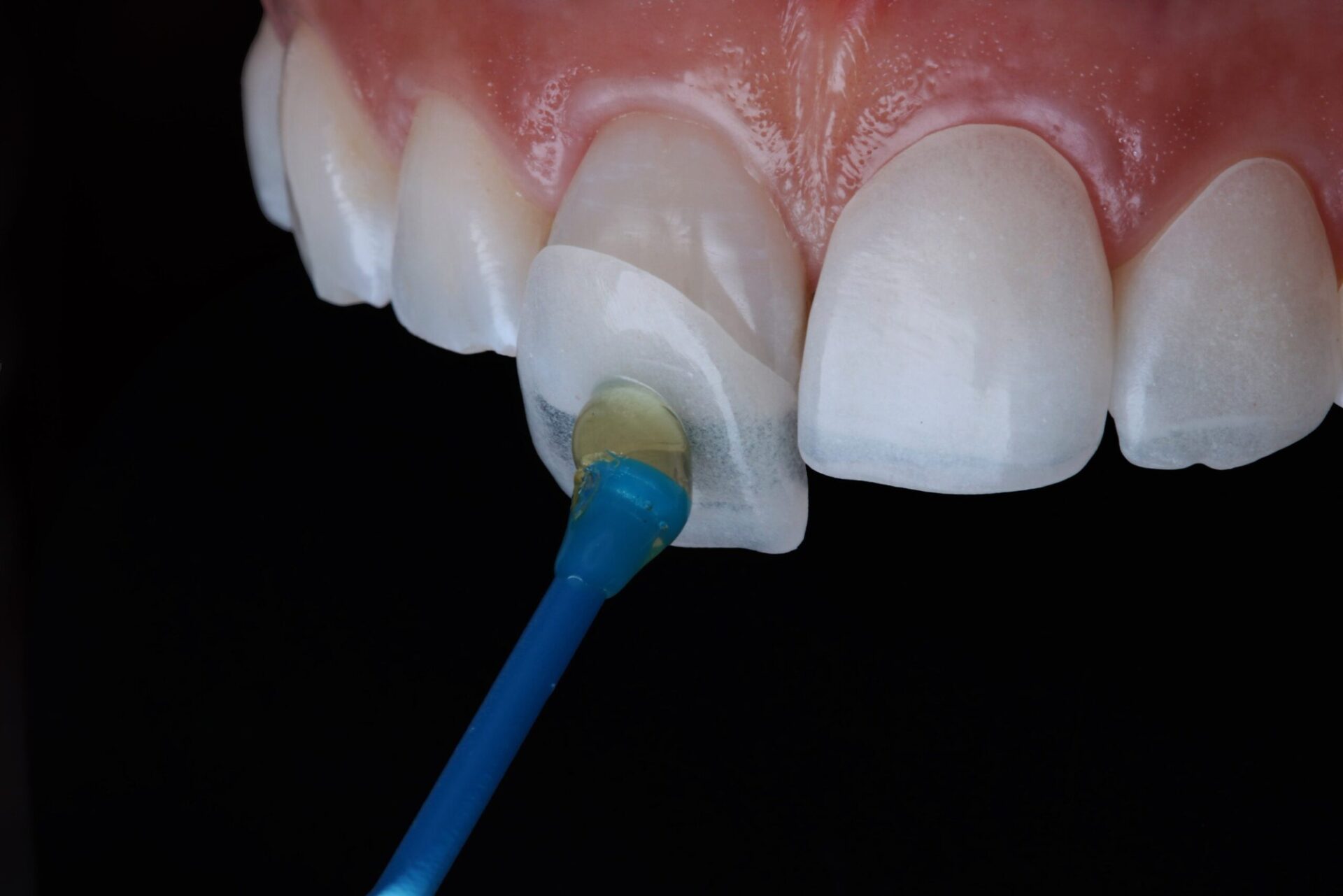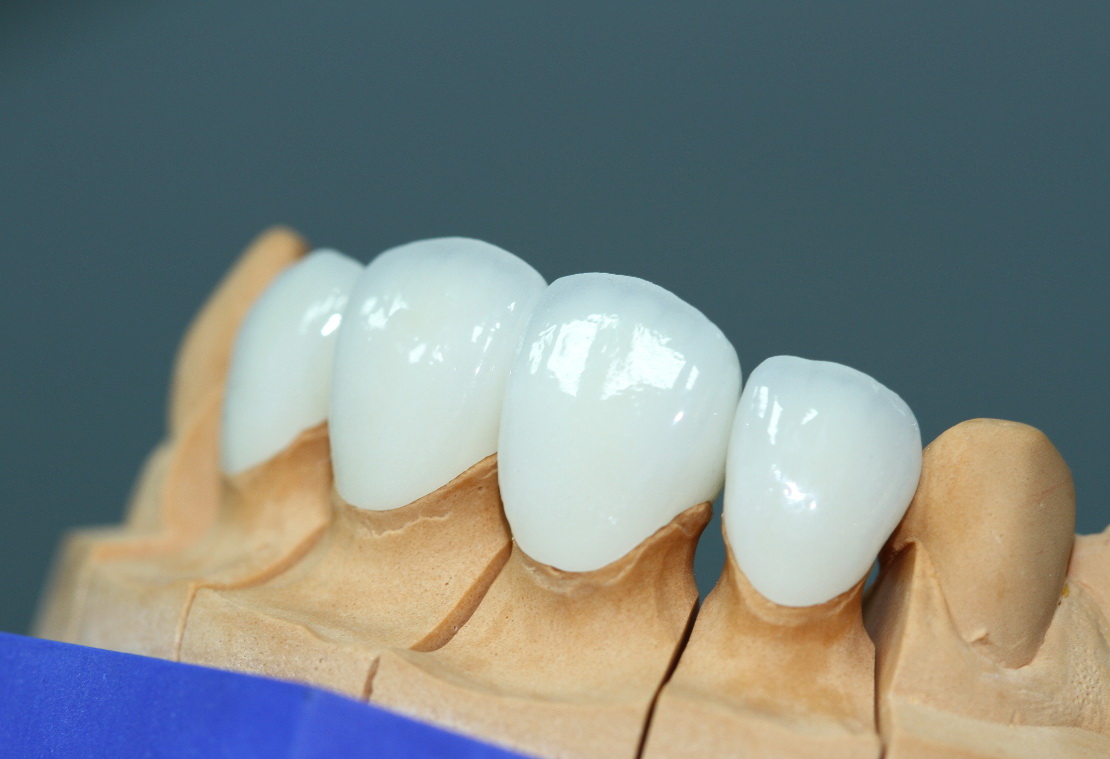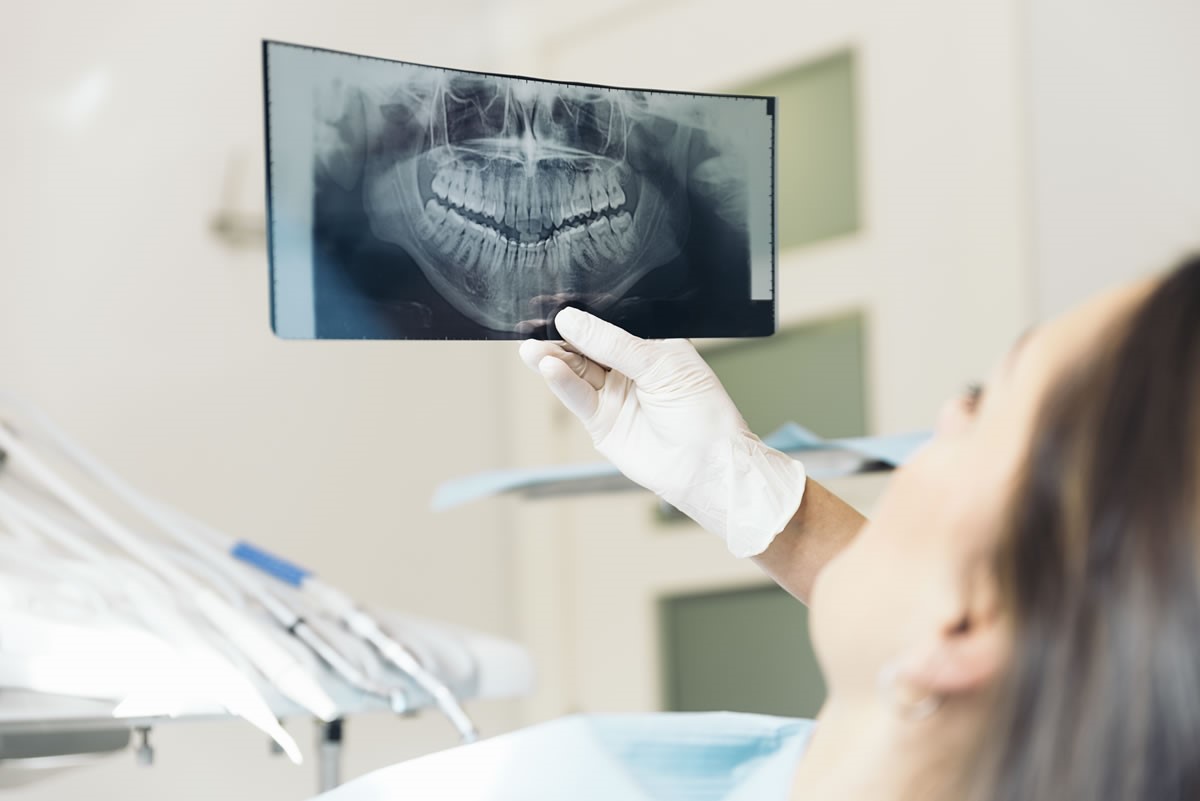Gummy smile is a condition where too much gum tissue is exposed when smiling, causing facial imbalance. This condition can stem from various causes, including jaw structure, teeth, lips, or gum tissue development. So, what are the treatment methods for gummy smile? What is the procedure like? Let’s explore with Amanda Dental Clinic below!
What is a gummy smile?
A gummy smile is a condition where the upper gum is excessively exposed when smiling, causing imbalance and affecting the aesthetics of the smile. Normally, 1–2mm of exposed gum is considered acceptable. If more than that is exposed, you may be diagnosed with a gummy smile.

Medically, a gummy smile is not considered a disease and does not directly affect oral health. However, aesthetically, it can make individuals feel less confident during communication, thereby affecting their quality of life.
Causes of gummy smile
There are many causes of a gummy smile. The dentist will determine the appropriate treatment based on the underlying cause and severity. Below are some common causes:

- Teeth-related: This happens when teeth do not erupt fully, causing excess gum coverage. When teeth are small or short compared to the gums, the tooth-gum ratio becomes imbalanced, resulting in a gummy smile.
- Lip-related: The upper lip is too short to cover the gums when smiling, or the muscles lift the lip too high, exposing more gum than usual.
- Jawbone-related: Jawbone abnormalities such as overly thick alveolar bone, irregularities, or excessive maxillary growth can lead to bite issues and gummy smile.
- Gum-related: Gum enlargement due to genetics, hormonal changes, or medication side effects causes excessive gum coverage. Gingivitis can also cause swelling and increased gum volume when smiling.
- Smile line: There are 3 levels of gum and tooth exposure when smiling: low (less than 75% of tooth length), medium (75–100%), and high (full tooth exposure plus over 2mm of gum tissue).
Treatment methods for gummy smile
Depending on the cause, the dentist will suggest a suitable treatment after examination. Here are the main approaches:
Non-surgical options
Before choosing a treatment plan, you must undergo a thorough examination to identify the exact cause. The dentist will clinically evaluate your mouth and the level of gum exposure. To ensure safety and effectiveness, choose a reputable clinic with qualified professionals.
Braces
For mild cases, braces combined with intrusion techniques are preferred. This helps reposition the teeth and reduce the lip-to-tooth distance. Treatment usually lasts 6–18 months and significantly improves gummy smile conditions.

Botox injections
A non-surgical treatment involving botulinum toxin injections into the upper lip elevator muscles. Botox reduces muscle contractions, limiting excessive lip lift while smiling and reducing gum exposure. The effects last 6–12 months.
Surgical gummy smile correction
For moderate to severe cases, surgery is often the most effective option. Here are several surgical techniques:
Laser gingivectomy combined with crown lengthening: For cases with excessive gum growth covering the tooth crown, braces alone may not help. In this case, laser gum removal and crown lengthening are effective. It is a minor, low-pain procedure with a recovery time of 2–3 days.
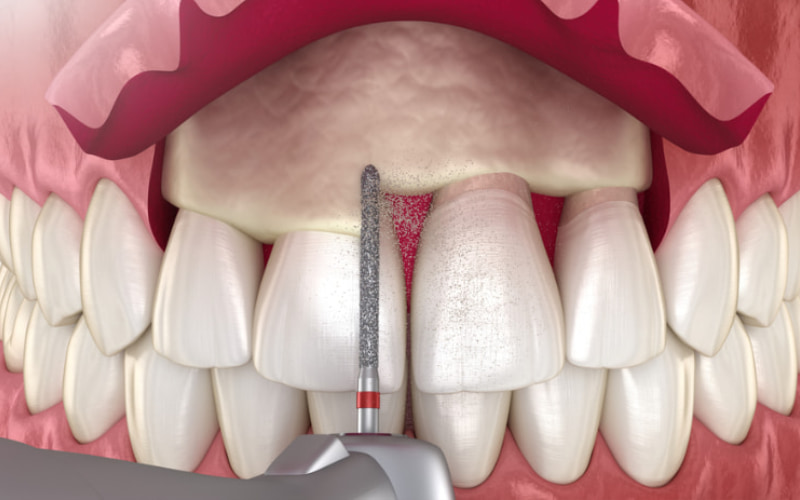
Gingival contouring surgery
This procedure removes excess gum tissue and reshapes the gum line to be aesthetically pleasing. It is simple, painless, requires no stitches, and heals quickly.
Jawbone surgery (LeFort)
Recommended for severe gummy smile caused by jawbone structure. It involves repositioning the jawbone upward and backward, fixed with titanium screws. This surgery corrects jaw protrusion and gum exposure but is complex, costly, and takes 2–4 weeks to recover.
Lip repositioning surgery
Also known as upper lip repositioning, this surgery limits the action of lip elevators to prevent excessive upper lip lift, thereby reducing gum visibility.
In summary, the treatment method depends on the cause. It may be a simple gum trimming or a complex jaw surgery. Pre-surgical evaluation with X-rays and general health checks are essential.
Patients should seek care at specialized clinics with experienced dentists for proper diagnosis and treatment. Aftercare instructions are also provided to prevent complications.
Gummy smile surgery procedure
Based on the severity, oral health, and patient expectations, the dentist will choose the most suitable method. Three common options include gingivectomy, flap repositioning, and orthognathic surgery.
The procedure may vary by case, but generally includes:
- Anesthesia: Local anesthesia is administered to ensure comfort during surgery.
- Removing excess gum tissue: The surgeon uses a scalpel or laser to remove excess gum and create a harmonious gum line.
- Gum reshaping: If needed, the gum contour is refined to appear more natural and even.
- Suturing: Aesthetic sutures help wounds heal quickly with minimal scarring.
- Post-op care: Instructions include hygiene, diet, and care to ensure fast healing and infection prevention.
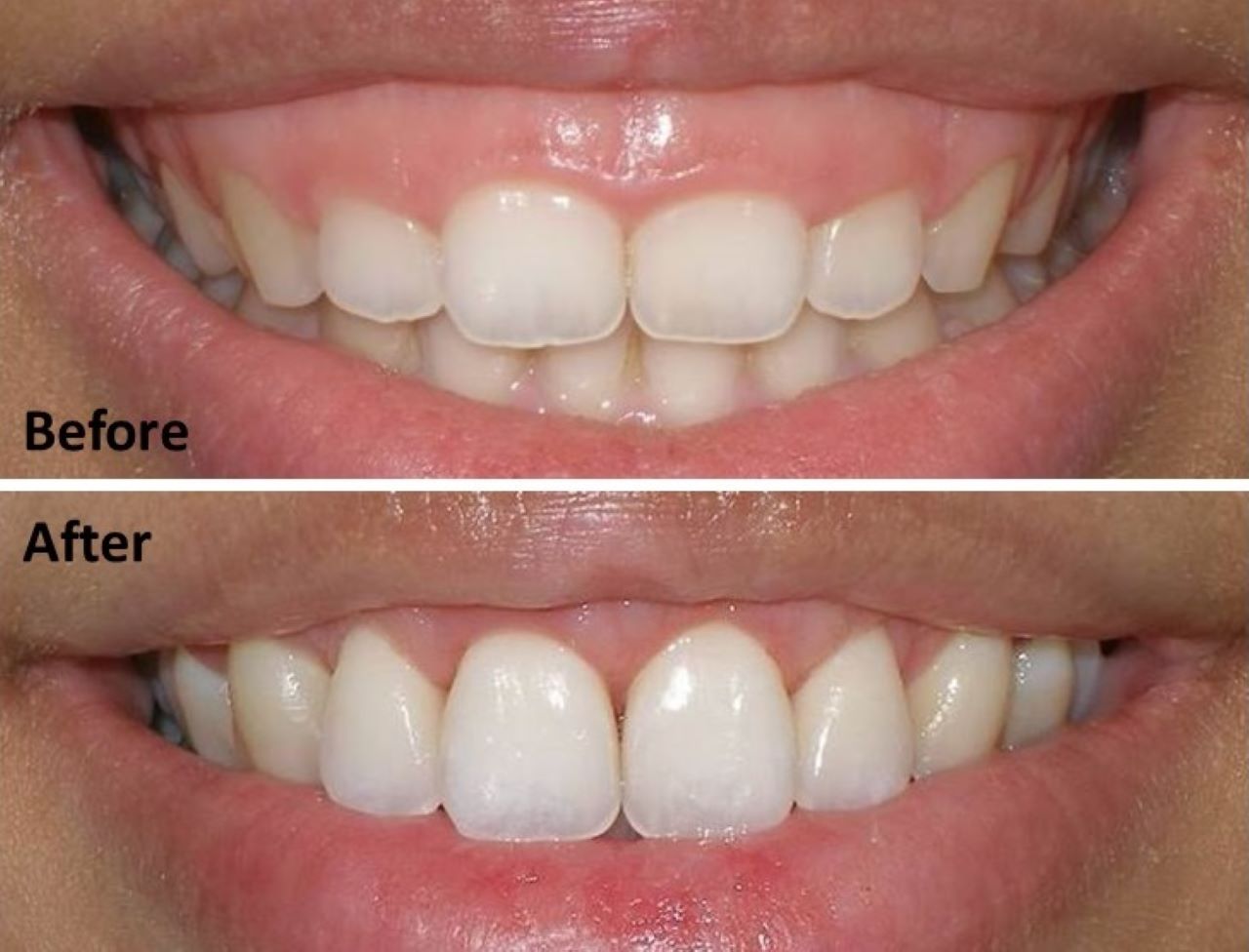 Standard gummy smile treatment procedure[/caption>
Standard gummy smile treatment procedure[/caption>
How much does gummy smile treatment cost?
Gummy smile not only affects appearance but also confidence. Fortunately, with modern dentistry, effective solutions exist. Treatment costs vary based on cause and severity.
Detailed pricing by method
Below is a reference price list for common gummy smile treatments:
- Gingivectomy: Common for enlarged gums or short tooth crowns.
- Botox injections: Relaxes upper lip muscles to reduce lip elevation.
- Jaw surgery: For excessive upper jawbone growth cases.
Reference price list at Amanda Dental Clinic
Note: Prices are for reference only. Actual costs may vary due to:
- Individual gum exposure level.
- Doctor’s expertise and clinic equipment.
- Additional costs (X-rays, medications, etc.).
Recovery time and expected results
- Gingivectomy: 1–2 weeks of recovery. Results in a more balanced, natural-looking gum line.
- Botox: Effects visible after 3–7 days and last 4–6 months.
- Jaw surgery: Longer recovery: several weeks to months. Significant aesthetic improvement.
Common post-treatment conditions
Although not too complex or painful, gummy smile surgery may cause some discomfort or risks:
- Pain lasting 2–3 days after surgery.
- Prolonged bleeding at the surgical site.
- Chewing limitations during recovery.
- Swollen lips post-surgery.
- Poor hygiene may lead to infection or periodontitis.
- Jaw surgery may cause bite alignment issues.
Post-treatment care tips
To achieve optimal results, pay attention to diet and oral hygiene.
Dietary guidelines
Diet plays a vital role in recovery, especially after surgery:
- Opt for soft, liquid foods (porridge, soup).
- Consume leafy greens (fiber and vitamin C).
- Avoid spicy, hot, or hard foods.
- Avoid seafood and eggs (to prevent allergies).
- Limit chicken, beef, sticky rice for quicker healing.
 During early recovery, eat soft, liquid foods like porridge, soup, yogurt, smoothies.
During early recovery, eat soft, liquid foods like porridge, soup, yogurt, smoothies.
Oral hygiene
Follow dental care instructions for best recovery results.
- Avoid strenuous activity or impact on the surgical area.
- Use chlorhexidine mouthwash to disinfect the oral cavity.
- Clean gums gently with saline-soaked cotton to remove bacteria.
- Report any unusual signs to your dentist for prompt attention.
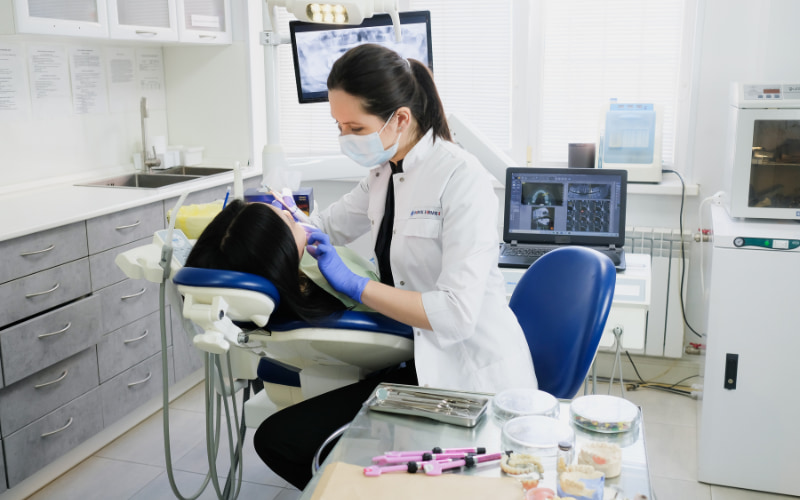 Attend follow-up appointments so your dentist can monitor your recovery.
Attend follow-up appointments so your dentist can monitor your recovery.
Amanda Dental – Trusted place for gummy smile treatment
Amanda Dental is a reputable dental system providing high-quality services that meet international standards—from basic care to complex oral-facial surgery. Gummy smile treatment is a standout strength of Amanda, trusted by many patients to enhance their smile.
Highly skilled team
Amanda brings together dental specialists with formal training and years of experience in cosmetic dental surgery. They constantly update techniques to deliver the best results.
Modern facilities and advanced equipment
Equipped with the latest technologies, Amanda ensures safety and efficiency. The clinic meets international standards for hygiene and sterilization.
Professional, dedicated process:
Amanda prioritizes customer satisfaction, from consultation to surgery and post-care. The staff is enthusiastic and supportive throughout treatment.
Personalized treatment plans
Amanda offers a variety of treatment options suited to each case. Dentists provide personalized consultation and select the most effective solution to ensure both function and aesthetics.
Transparent and reasonable pricing
Each service’s cost is clearly listed, allowing customers to compare and decide. Customers are informed about fees upfront to avoid unexpected charges. Promotions are regularly available to help reduce costs.
Thoughtful warranty policy
Amanda’s warranty policy protects clients’ rights. Any issues after treatment are handled promptly and thoroughly. The team is always ready to listen and assist.
 Amanda Dental – A trusted place for gummy smile treatment
Amanda Dental – A trusted place for gummy smile treatment
Gummy smile treatment not only brings a beautiful smile but also improves quality of life. With medical advances, there are many effective treatments tailored to individual cases. Seek professional dental advice to choose the method that will help you shine with confidence and a radiant smile.




